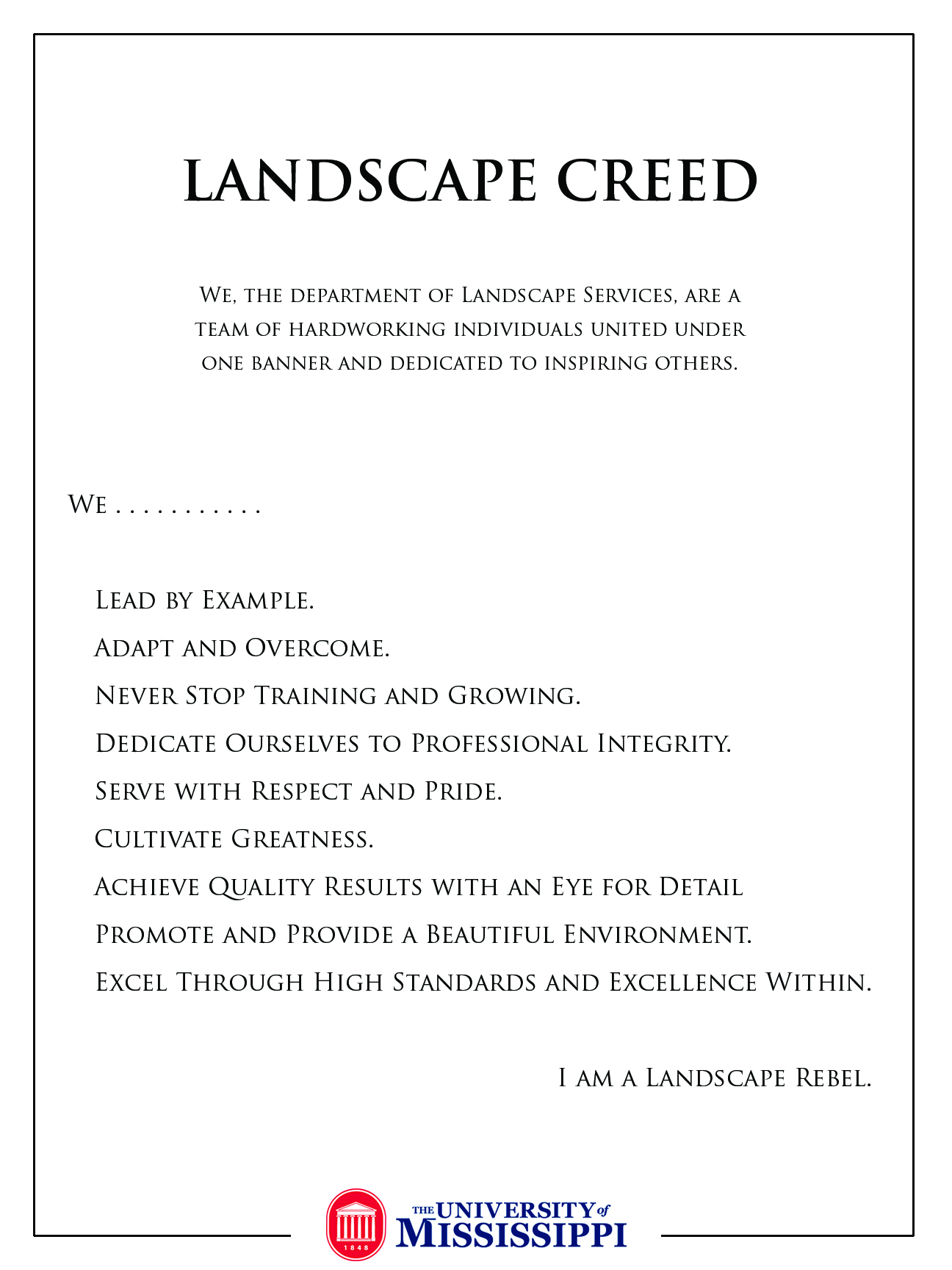Oakleaf Hydrangea
(Hydrangea quercifolia) is a coarse-textured deciduous shrub growing to 8 metres (26 ft) tall with an open crown. The plant sprouts shoots from underground stolons and often grows in colonies. Young stems are covered in a felt-like light brown bark, and the larger stems have attractive cinnamon-tan-orange bark that shreds and peels in thin flakes. The leaves are yellowish green to dark green on top and silvery-white underneath. They have three, five or seven pointed lobes and are 4–12 in (10.2–30.5 cm) long and almost as wide. They are larger versions some oak leaves, resembling Quercus species with lobed foliage. Plants in shade have larger leaves than those grown in sun. Hydrangea quercifolia leaves turn rich shades of red, bronze and purple in autumn that persist in winter accompanying the persistent dried flower-heads. Hydrangea quercifolia flowers are borne in erect panicles 6–12 in (15.2–30.5 cm) tall and 3–5 in (7.6–12.7 cm) wide at branch tips. Flowers age in colour from creamy white, aging to pink and by autumn and winter are a dry, papery rusty-brown. |
|
No serious insect or disease problems. Some susceptibility to leaf blight. Heavy flower panicles may droop considerably, particularly when moistened by rain. |

